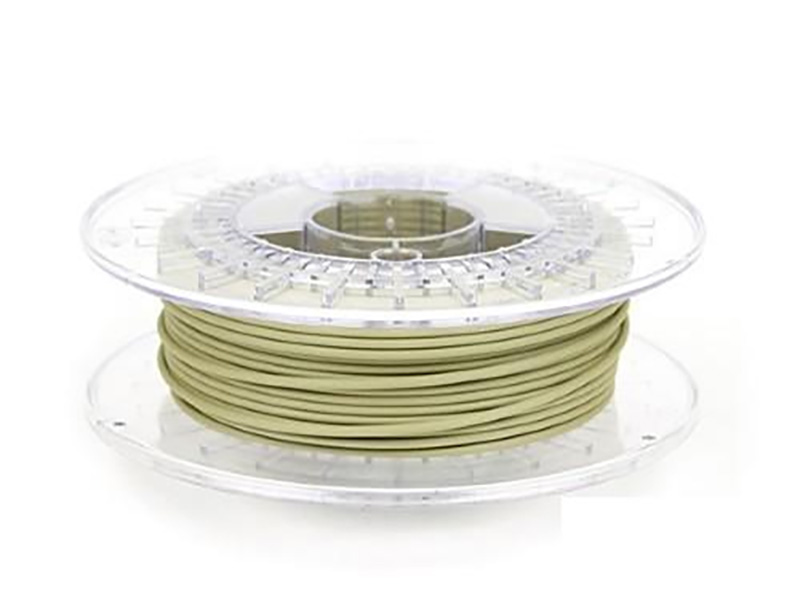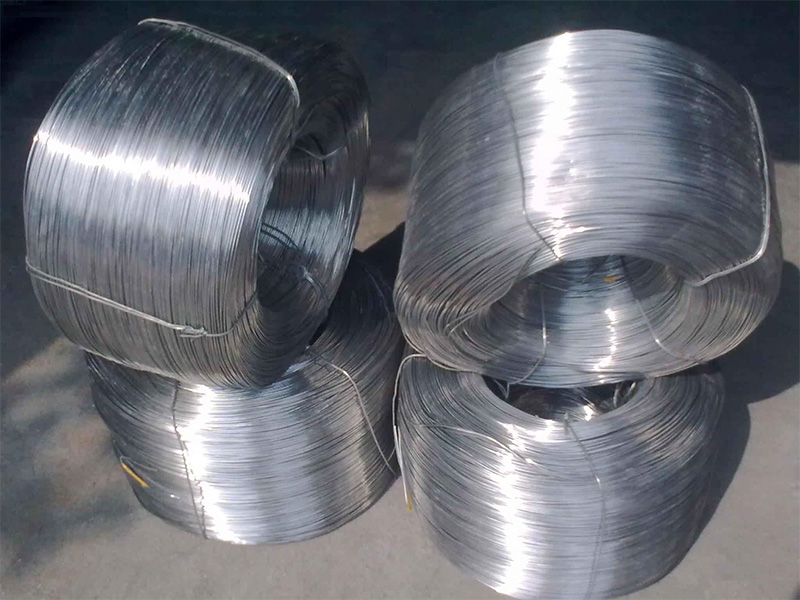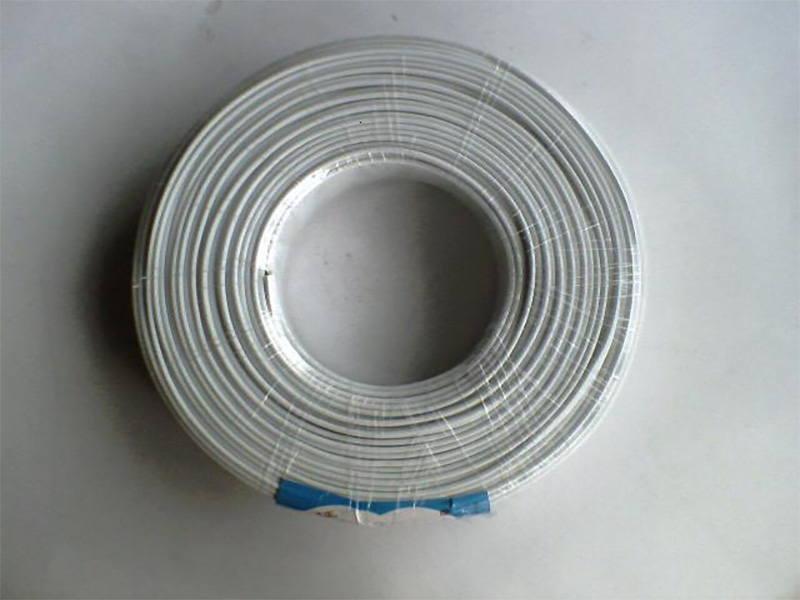

The steel types of wire are very wide, including carbon structural steel, high quality carbon structural steel, spring steel, carbon tool steel, alloy structural steel, bearing steel, alloy tool steel, stainless steel, electric heating alloy steel, etc., and the steel types that need to be processed into wire are mostly produced into wire rod and then drawn into wire by wire mill. Wire is divided into the following categories normally:

Wire is divided into two kinds by use, one kind is used directly, used as building reinforcement more; One is used after deep processing, used to wire into metal products or cold pier into screws, nuts and so on.

The use of high-precision wire as reinforcement can reduce the discrete difference of allowable force of reinforcement and thus save steel. The high precision wire used in drawing process can improve the drawing performance of metal, reduce the uneven deformation in drawing and the difference in mold pressure caused by the uneven deformation, so as to reduce the broken wire and improve the surface quality of steel wire.
It is not difficult for the product diameter deviation of high speed wire mill to reach ±0.1mm, even to reach ±0.05mm, but it is uneconomical to require very high precision of hot rolled products. A very small number of high-precision products can only be produced in good condition of the rolling mill. But the requirement of high precision does not always have obvious effect in use. For example, for flexible wire and welding wire, the raw materials with diameter deviation of ±0.15mm and ±0.25mm were compared, and it was found that there was almost no difference in the quality, production efficiency and processing cost of cold-drawn products. Since the product that asks cold to draw performance very high, the requirement to wire precision is not very tall also. When the cost of hot rolling to produce high-precision products is higher than the cost of adding a heat treatment in cold drawing process, it is no longer required to improve the accuracy of hot rolling to meet the needs of drawing.
The surface requirement of wire is smooth and clean and must not have the blemish that hinder use, must not have ear child, crack, fold, scar, interlayer namely wait for blemish, allow to have local indentation, convex piece, pit, scratch and not serious hemp face. No matter wire is used at building directly or deep processing becomes all kinds of goods, the blemish such as its ear child, crack, fold, scar, interlayer affects use performance directly is absolutely do not allow some. As to the a few blemishes that affect surface smooth and clean degree can give control according to use requirement, the wire that uses as reinforcing bar surface smooth and clean degree affects directly is not big. The wire used for cold pier is sensitive to scratch, and the bump affects the drawing.
The less the iron oxide on the surface of the wire, the better, which can not only improve the metal yield and can shorten pickling time, reduce acid consumption, and even replace pickling with mechanical descaling, eradicate environmental pollution. Based on the requirement of easy removal and good corrosion resistance, it is hoped that the composition of oxide sheet is mainly FeO. The total amount of oxide sheet is required to be less than 10kg/t, and generally up to 8kg/t abroad. To control the generation of high-priced oxide sheet (Fe O, Fe O), the final rolling temperature, the spinning temperature and the time of the wire staying above 350℃ should be strictly controlled.

Usually mass is not called section mass. However, it is not very scientific to completely attribute shrinkage cavity, center porosity, inclusion and other defects to surface defects, and it is sometimes difficult to find such defects without cross section inspection. Some defects such as decarbonization, overheating and so on without the help of metallographic microscope can not be quantitatively determined correctly. And this kind of blemish occupies important position in evaluating wire quality.
When the carbon content is above 0.3% of the wire, the depth of its surface decarbonization layer should be strictly controlled. Decarbonization is the formation of canine ferrite embedded in the matrix on the surface, which will seriously affect the tensile strength of the wire, especially its fatigue strength. The wire used for cold drawing will increase deformation resistance due to internal and external organization difference. Therefore, it is necessary to strictly control the depth of decarbonization layer for the important wire directly used as cold drawn material, high strength bolt and cold pier. The following table shows the actual depth of decarbonization layer controlled by some manufacturers.

For Further Details,Please Feel Free To Contact Us: